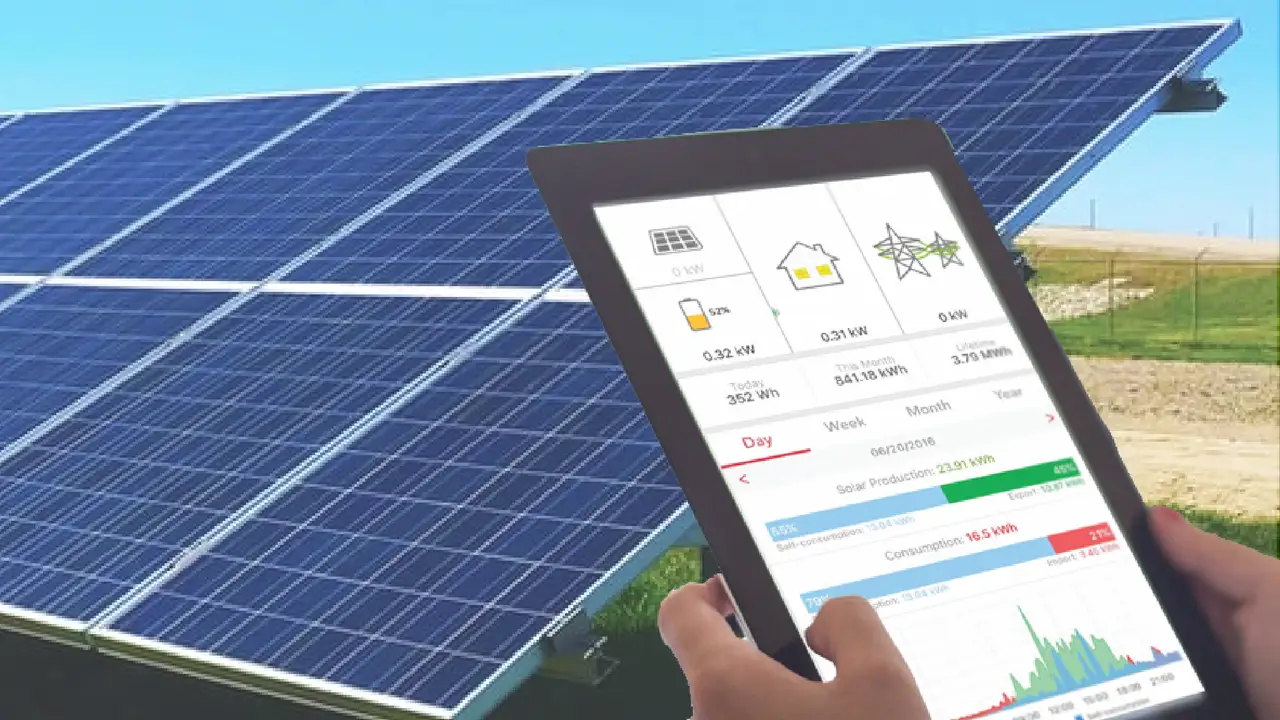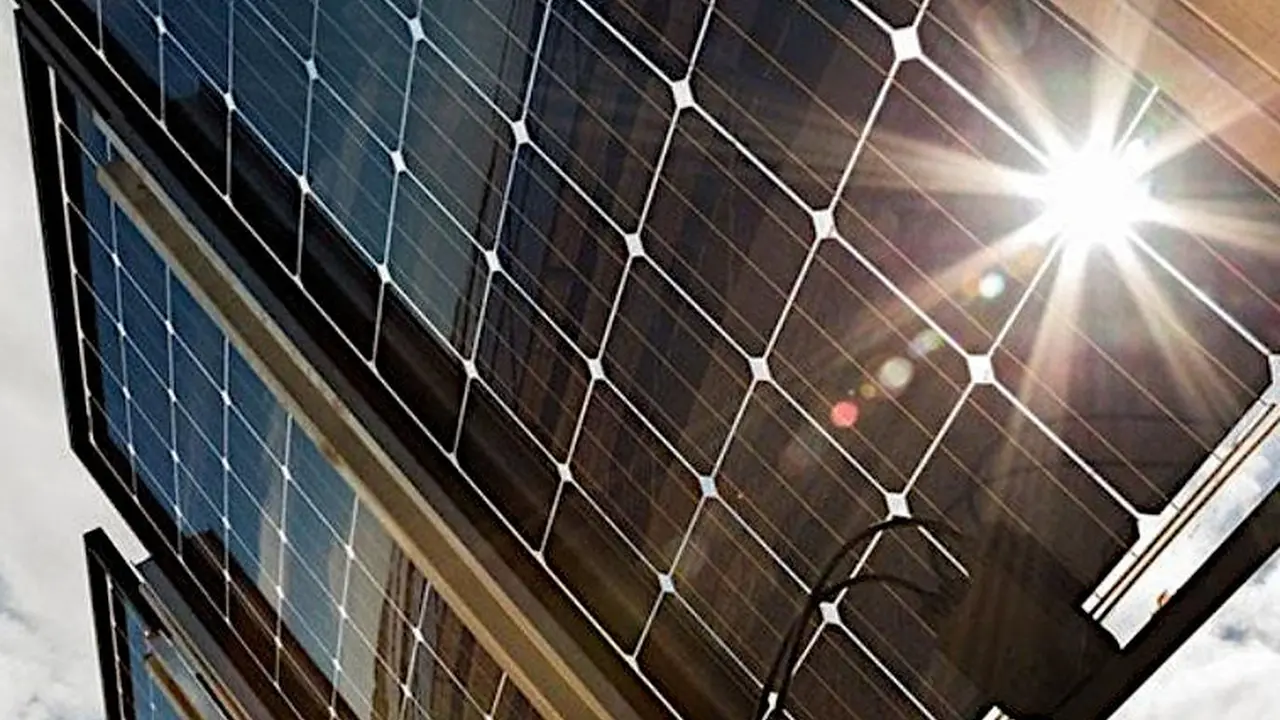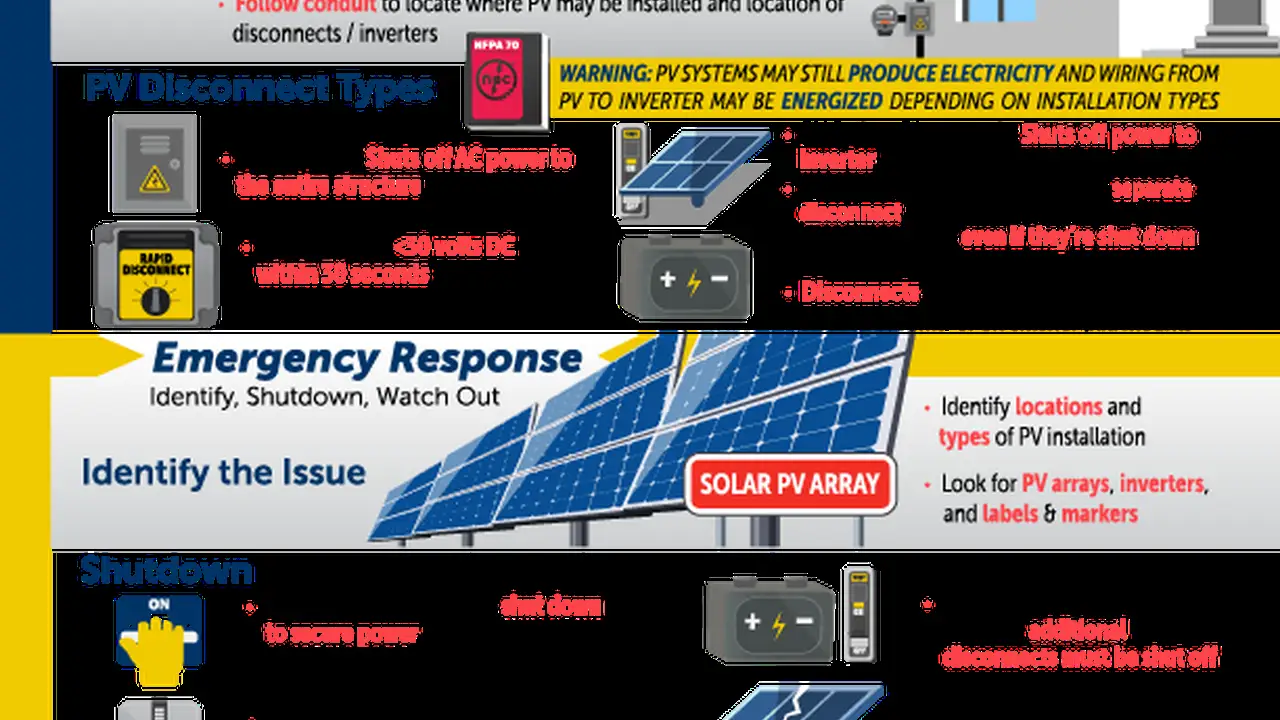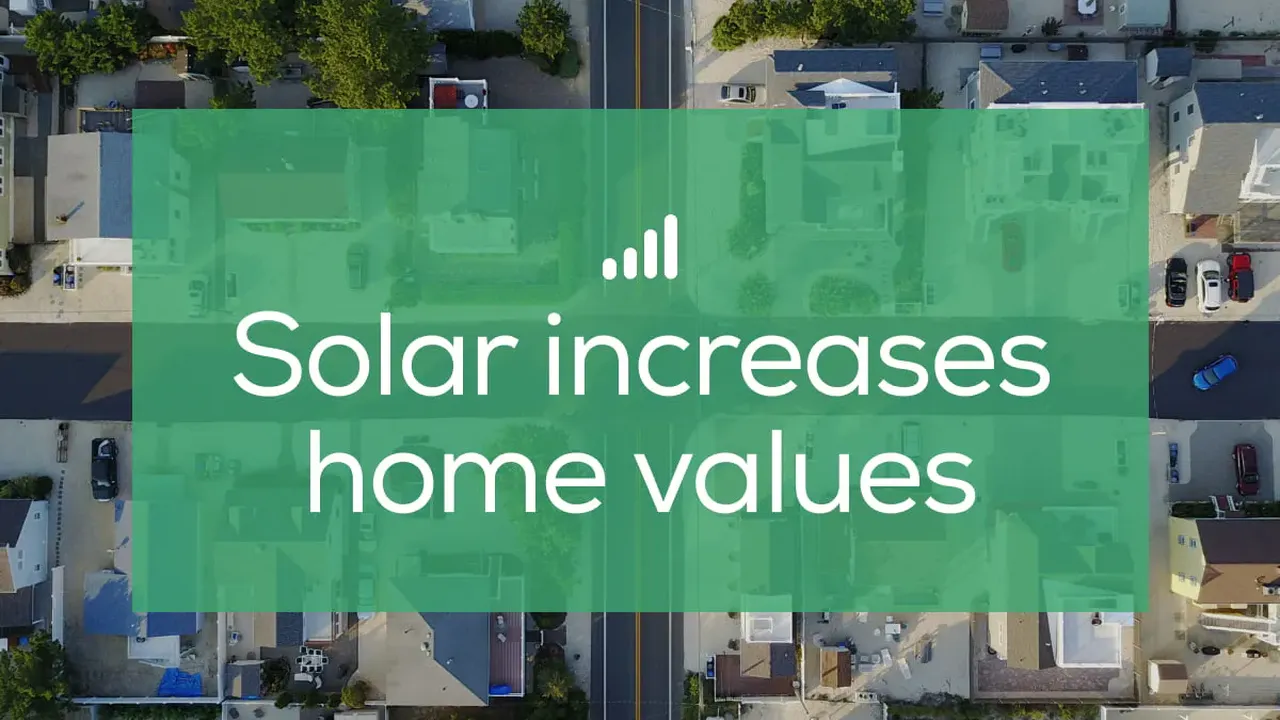Solar Panel Monitoring: Tracking Your Energy Production

Understanding Solar Panel Monitoring Systems Solar Energy Efficiency
So, you've gone solar! Congratulations! You're generating clean energy, saving money, and doing your part for the planet. But how do you really *know* how well your solar panels are performing? That's where solar panel monitoring comes in. Think of it like a fitness tracker for your solar system – it gives you real-time insights into your energy production, consumption, and overall system health. Without monitoring, you're basically flying blind. You might not even realize if your system is underperforming due to shading, faulty equipment, or other issues. Let's dive into why this is so darn important.
Benefits of Solar Panel Monitoring Real-Time Performance Analysis
Okay, so what's the big deal? Well, solar panel monitoring offers a whole bunch of benefits. First off, real-time performance analysis. You can see exactly how much energy your system is generating at any given moment. This helps you understand your energy usage patterns and identify potential issues quickly. Imagine noticing a sudden drop in production on a sunny day – that could indicate a problem with your panels or inverter. Catching these problems early can save you a lot of money in the long run. Secondly, it helps with identifying performance issues. Shading from trees or nearby buildings can significantly reduce your solar panel output. Monitoring allows you to pinpoint these issues and take corrective action, like trimming branches or repositioning panels. Thirdly, it provides long-term data tracking. Monitoring systems store historical data, allowing you to track your system's performance over time. This is invaluable for assessing the long-term health of your system and identifying any gradual degradation in performance. Fourthly, it helps with optimizing energy consumption. By understanding your energy production and consumption patterns, you can make informed decisions about how to use energy more efficiently. For example, you might choose to run appliances during peak production hours to maximize your savings. Finally, it provides peace of mind. Knowing that your system is working as it should gives you peace of mind and confidence in your investment.
Types of Solar Panel Monitoring Systems Choosing the Right System
Alright, so you're sold on the idea of monitoring. Now, let's talk about the different types of systems available. There are generally two main categories: string-level monitoring and module-level monitoring. String-level monitoring is the more basic option. It monitors the performance of each string of solar panels, which are essentially groups of panels wired together. This type of monitoring is generally less expensive but provides less granular data. If one panel in a string underperforms, the entire string's output can be affected, and string-level monitoring might not pinpoint the exact culprit. Module-level monitoring, on the other hand, monitors the performance of each individual solar panel. This provides much more detailed data and allows you to identify specific issues with individual panels. Module-level monitoring systems often include optimizers, which help to maximize the output of each panel, even if some panels are shaded or underperforming. While it's more expensive, module-level monitoring offers significant benefits in terms of performance and troubleshooting. Consider your budget and desired level of detail when choosing a system.
Popular Solar Panel Monitoring Products A Comparison of Options
Okay, let's get down to brass tacks and talk about some specific products. Here are a few popular solar panel monitoring systems, along with their features, pros, cons, and prices (approximate, of course!):
Enphase Energy Enphase IQ System Controller 3
Enphase Energy is a leader in module-level monitoring and microinverter technology. Their Enphase IQ System Controller 3 is a popular choice for residential solar systems. Features: Module-level monitoring, microinverters, mobile app for real-time data, remote troubleshooting, and battery integration. Pros: Highly accurate data, easy to install (for professionals), excellent customer support, and robust system performance. Cons: More expensive than string-level monitoring, requires Enphase microinverters. Price: Expect to pay around $200-$300 per microinverter, plus the cost of the system controller and installation.
SolarEdge SolarEdge Home Hub Inverter
SolarEdge is another major player in the solar industry, offering both string-level and module-level monitoring solutions. Their SolarEdge Home Hub Inverter with optimizers is a popular choice for residential and commercial systems. Features: Module-level monitoring with optimizers, string inverter, mobile app for real-time data, remote troubleshooting, and battery integration. Pros: Optimizers maximize energy production, cost-effective compared to Enphase, and good customer support. Cons: Requires SolarEdge optimizers and inverter, slightly less granular data than Enphase. Price: Expect to pay around $150-$250 per optimizer, plus the cost of the inverter and installation.
Sense Energy Monitor Smart Home Energy Monitoring
The Sense Energy Monitor is a bit different. It's not specifically designed for solar panel monitoring, but it can be used to track your overall energy production and consumption. Features: Real-time energy monitoring, appliance detection, mobile app for data visualization, and integration with smart home devices. Pros: Relatively inexpensive, easy to install (for DIYers), and provides insights into your overall energy usage. Cons: Less accurate than dedicated solar monitoring systems, doesn't provide module-level data, and relies on machine learning for appliance detection. Price: Around $300-$400.
SMA Sunny Boy Inverter and Sunny Portal
SMA offers a variety of inverters and monitoring solutions, including their popular Sunny Boy inverters and the Sunny Portal online platform. Features: String-level monitoring, web-based portal for data visualization, remote troubleshooting, and integration with other SMA products. Pros: Reliable performance, cost-effective for string-level monitoring, and user-friendly interface. Cons: Less granular data than module-level monitoring, limited features compared to Enphase and SolarEdge. Price: Varies depending on the inverter model and system size, but generally more affordable than module-level options.
Installation and Setup of Solar Panel Monitoring Systems DIY vs Professional Installation
So, you've picked your system. Now what? Installation and setup can vary depending on the type of system you choose. Some systems, like the Sense Energy Monitor, are relatively easy to install yourself. Others, like Enphase and SolarEdge, require professional installation. If you're comfortable working with electrical wiring and have experience with solar installations, you might be able to install some systems yourself. However, it's generally recommended to hire a qualified solar installer to ensure that the system is installed correctly and safely. Professional installation will also ensure that the system is properly configured and integrated with your existing solar setup. The cost of installation will vary depending on the complexity of the system and the labor rates in your area. Be sure to get quotes from multiple installers before making a decision.
Troubleshooting Common Solar Panel Monitoring Issues Solving Performance Problems
Even with the best monitoring system, you might encounter occasional issues. Here are a few common problems and how to troubleshoot them. Low Energy Production: Check for shading, panel soiling, and equipment malfunctions. Use your monitoring system to identify which panels or strings are underperforming. Communication Errors: Ensure that your monitoring system is properly connected to the internet and that all cables are securely connected. Inaccurate Data: Calibrate your monitoring system according to the manufacturer's instructions. If the problem persists, contact your installer or the manufacturer for support. App Issues: Make sure you have the latest version of the monitoring app installed on your mobile device. Clear the app's cache and data, or try reinstalling the app. If you're still having trouble, contact the app developer for assistance. Remember to consult your system's documentation and contact a qualified professional if you're not comfortable troubleshooting the issue yourself.
Maximizing Solar Energy Production Through Effective Monitoring Optimizing Your System
Okay, you've got your monitoring system installed and you're keeping a close eye on your energy production. Now, how can you use this data to maximize your solar energy output? First, regularly clean your solar panels. Dirt, dust, and debris can significantly reduce the amount of sunlight that reaches your panels. Clean them every few months, or more often if you live in a dusty or polluted area. Second, trim trees and remove obstructions that are shading your panels. Even a small amount of shading can have a big impact on your system's performance. Third, monitor your energy consumption and adjust your usage patterns to maximize self-consumption. Run appliances during peak production hours to reduce your reliance on grid electricity. Fourth, consider adding battery storage to store excess energy generated during the day for use at night or during periods of low production. Fifth, stay informed about new technologies and best practices in the solar industry. As technology evolves, there may be opportunities to upgrade your system or optimize its performance.
The Future of Solar Panel Monitoring Smart Grids and Energy Management
The future of solar panel monitoring is looking bright! As smart grids become more prevalent and energy management systems become more sophisticated, monitoring will play an even more critical role. Imagine a future where your solar panels are seamlessly integrated with the grid, automatically adjusting their output to meet demand. Monitoring systems will provide the data needed to optimize grid performance and ensure grid stability. Furthermore, advances in artificial intelligence and machine learning will enable monitoring systems to predict potential issues before they occur, allowing for proactive maintenance and preventing costly downtime. The integration of solar panel monitoring with smart home devices will also become more common, allowing you to control your energy usage and optimize your system's performance from anywhere in the world. The possibilities are endless!
:max_bytes(150000):strip_icc()/277019-baked-pork-chops-with-cream-of-mushroom-soup-DDMFS-beauty-4x3-BG-7505-5762b731cf30447d9cbbbbbf387beafa.jpg)






